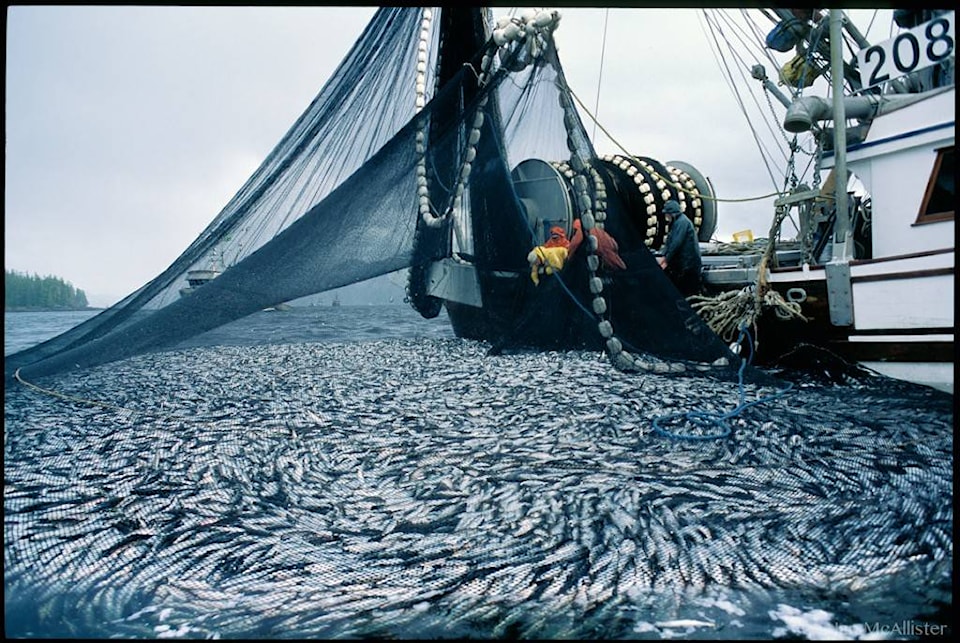Letter to the editor;
Thank you for your article on Conservancy Hornby Island’s concerns for herring around Hornby and Denman Islands (Organization calls for halt to herring roe fishery, Jan. 6, 2019). I’d like to make the following comments on Mr. Davis’s response to our concerns:
1. The science that DFO does each year is extremely limited as it only looks at the biomass of spawn. Although the Herring Management Plan is called “Integrated” it does not at all consider the needs of all the species in the Strait of Georgia marine web that rely on herring. How much herring do the chinook salmon, whales, migratory seabirds, seals and sea lions need to sustain themselves? The Management Plan is sprinkled with terms like Ecosystem, precautionary principles, risk aversion and sustainability. How are we to believe DFO when the application of their “Integrated “ planning has resulted in the closure of four of the six major spawning areas on the coast and Prince Rupert had such a low volume of fish last year that the boats didn’t even go out?
2. There is a lot of evidence that the Strait of Georgia stock is nowhere near “historic high levels” as stated by Mr. Davis. First Nations elders and old time fishermen have stated that the historic high was probably twice what it is now. There used to be major spawns in Burrard and Saanich inlets and all around the southern gulf islands. Those are all gone. So to say, based on the “scientific” measure of stocks from Nanaimo to Comox, that the whole of the SOG is at historic high levels is just not believable.
3. Mr. Davis mentions the unknown of “changes in ocean conditions.” Applying the precautionary principle would, therefore, mean that we should slow down the harvest until we better understand what effect climate change may have on herring populations.
4. Mr. Davis says “market prices are not DFO’s concern.” There is a principle in resource management called “highest and best use” which means that managers, especially of a public resource like wild fish, should not allow their exploitation unless we are using them for their highest value to the public. It is why section 31 of the Fisheries Act states that it is illegal to catch wild fish stocks for low-value products such as fertilizer and reduction for fish farm food.
5. It is further interesting that Mr. Davis stated in your online article on Jan. 6 that DFO was planning to approve the Pacific herring roe fishery with a maximum harvest rate of 20 per cent when they were supposedly seeking public input to the plan until Jan 9. It seems DFO had already made the decision. Why bother with a draft seeking public input if they have already made the decision?
We appreciate Mr. Davis saying that hearing from groups like Conservancy Hornby Island is useful. We only hope they act on it.
Grant Scott
For Conservancy Hornby Island.
